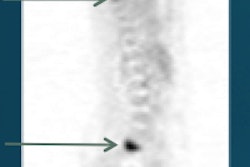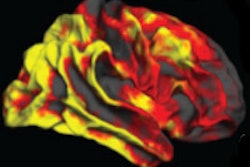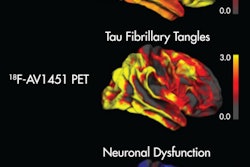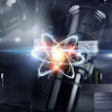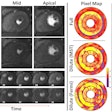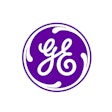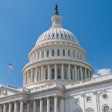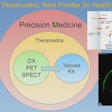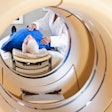Radiopharmaceutical developer Navidea Biopharmaceuticals is directing attention to three studies involving its Lymphoseek radiopharmaceutical presented at last week's Society of Nuclear Medicine and Molecular Imaging (SNMMI) meeting in San Diego.
The data further reinforce the clinical performance of Lymphoseek, supporting its rapid adoption in sentinel lymph node biopsy procedures and for presurgical imaging in other solid tumors, according to the vendor.
In the first study, Lymphoseek used alone was found to be as or more effective than sulfur colloid plus blue dye in localizing sentinel nodes in 148 patients, according to researchers at the University of California, San Diego (UCSD). A second presentation from UCSD found that using lymphoscintigraphy with Lymphoseek did not affect the number of nodes removed during sentinel node biopsy in breast cancer patients. As a result, lymphoscintigraphy imaging procedures may be eliminated in this patient population, according to Navidea.
Finally, a study from Emory University in women with fatty breast tissue found that Lymphoseek more effectively visualized sentinel lymph nodes than filtered sulfur colloid, both with lymphoscintigraphy and during surgery. Sentinel lymph node visualization occurred in 86% of patients receiving Lymphoseek, compared with 59% of patients in the filtered sulfur colloid group. At surgery, all of the patients in the Lymphoseek group showed a "hot" sentinel lymph node, compared with 79% of patients in the filtered sulfur colloid group, Navidea said.





